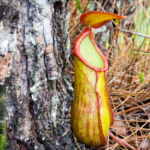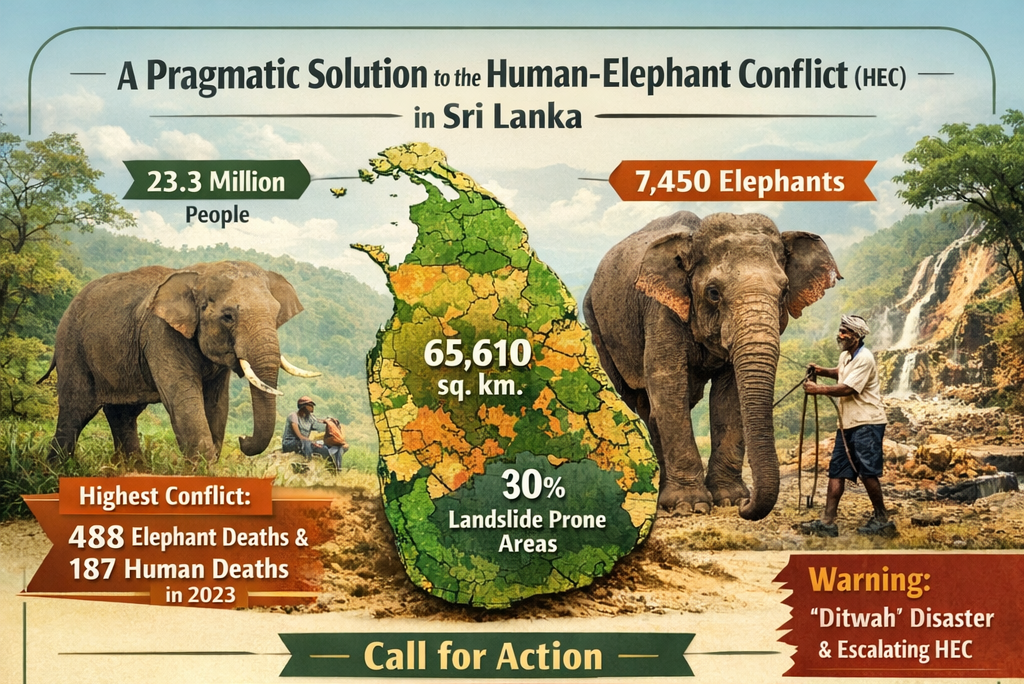The Dragonfly (Batkura): Nature’s Aerial Acrobat and Ecosystem Guardian – By Bhanuka – eLanka

Dragonflies, locally known as “Batkura” in Sri Lanka, are one of nature’s most captivating insects. Known for their striking appearance, agile flight, and ecological importance, dragonflies have been fascinating humans for centuries. These remarkable creatures are not just symbols of beauty but also vital contributors to the balance of ecosystems. This article delves into the fascinating world of dragonflies, exploring their biology, behavior, habitat, and significance to the environment.
Taxonomy and Scientific Classification
Dragonflies belong to the order Odonata, suborder Anisoptera, which means “unequal wings” – a nod to their two pairs of wings, with the hindwings broader than the forewings. Over 5,000 species of dragonflies are documented globally, with a significant number found in Sri Lanka’s wetlands, rivers, and forests.
Physical Characteristics
Dragonflies are instantly recognizable by their elongated bodies, multifaceted compound eyes, and two sets of transparent wings.
- Compound Eyes: Dragonflies possess nearly 30,000 ommatidia (individual units of compound eyes), providing them with almost 360-degree vision. This remarkable eyesight helps them detect movement and locate prey with precision.
- Wings and Flight: Dragonflies are master fliers, capable of hovering, gliding, and even flying backward. Each wing operates independently, allowing unparalleled maneuverability.
- Coloration: Their vibrant colors, ranging from metallic blues and greens to reds and yellows, are due to structural pigmentation and play a role in mating displays and camouflage.
Life Cycle: A Metamorphosis Like No Other
Dragonflies undergo an incomplete metamorphosis (hemimetabolism), consisting of three stages: egg, nymph, and adult.
- Egg Stage: Female dragonflies lay their eggs in or near water bodies, such as ponds, rivers, or wetlands.
- Nymph Stage: The eggs hatch into aquatic nymphs (naiads), which are voracious predators. This stage can last from a few months to several years, depending on the species. Nymphs feed on mosquito larvae, small fish, and other aquatic organisms.
- Adult Stage: After several molts, the nymph emerges as an adult dragonfly, leaving behind its exuviae (shed skin). Adults live for a few weeks to several months, focusing on reproduction and feeding.
Ecological Significance
Dragonflies play a pivotal role in maintaining the health of ecosystems.
- Predators of Pests: As nymphs, they control mosquito populations in water, while adults prey on flying insects, including mosquitoes and flies, making them natural pest controllers.
- Indicators of Ecosystem Health: The presence of dragonflies is a sign of a healthy aquatic ecosystem. They are sensitive to water pollution, making them excellent bioindicators.
- Pollinators and Biodiversity Support: While not primary pollinators, dragonflies indirectly support biodiversity by contributing to balanced ecosystems.
Behavior and Adaptations
- Territorial Nature: Male dragonflies are highly territorial, often engaging in aerial battles to defend their breeding sites.
- Mating Rituals: Dragonflies exhibit unique mating behavior, forming a “heart shape” with their bodies during copulation.
- Thermal Regulation: To thrive in warm climates, dragonflies regulate their body temperature by basking in the sun or perching in shaded areas.
Habitats and Distribution
Dragonflies are found in a wide range of habitats, from wetlands and paddy fields to rivers and lakes. In Sri Lanka, they are commonly spotted in areas like Sinharaja Forest Reserve, the wetlands of Muthurajawela, and Bundala National Park.
Threats and Conservation
Despite their resilience, dragonflies face numerous threats:
- Habitat Loss: Urbanization and deforestation have led to the destruction of wetlands, rivers, and forests.
- Pollution: Pesticides and industrial waste contaminate water bodies, affecting nymphs and adults alike.
- Climate Change: Altered rainfall patterns and rising temperatures disrupt their life cycles.
Conservation Efforts:
Protecting wetlands, implementing sustainable agricultural practices, and raising awareness about dragonflies’ ecological importance are vital steps to conserve these insects.
Fascinating Facts About Dragonflies
- Ancient Origins: Dragonflies have existed for over 300 million years, predating dinosaurs. Fossils show that ancient dragonflies had wingspans of up to 70 cm.
- Speed and Agility: Dragonflies can reach speeds of up to 30 mph, making them one of the fastest insects.
- Perfect Predators: With a hunting success rate of over 95%, dragonflies are among the most efficient predators in the animal kingdom.
Cultural and Symbolic Significance
In many cultures, dragonflies are symbols of transformation, adaptability, and wisdom. In Sri Lanka, they are often associated with the onset of the rainy season and are admired for their grace and beauty.





















